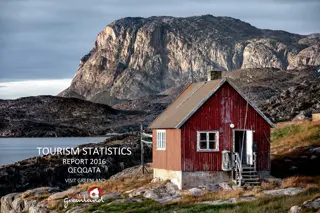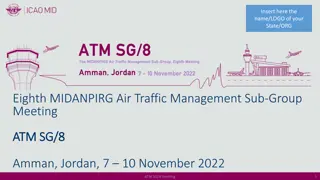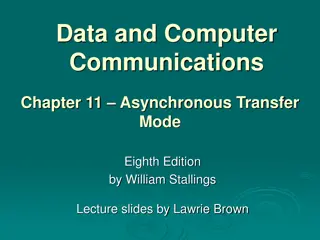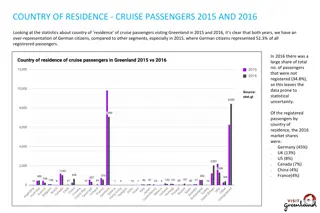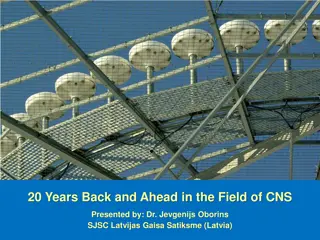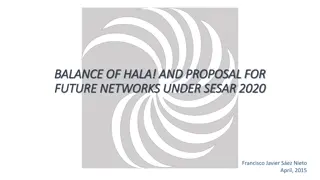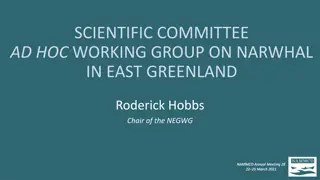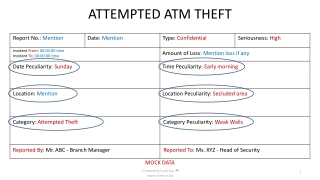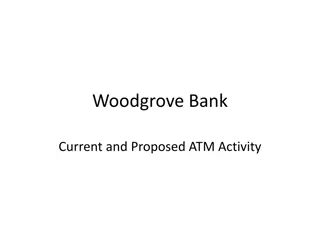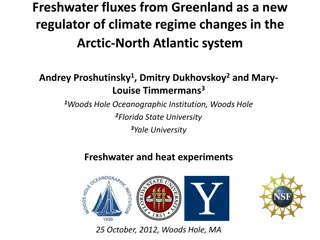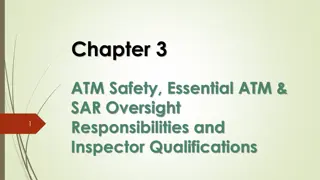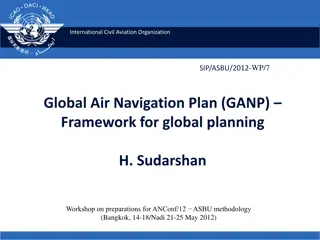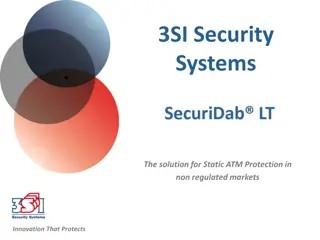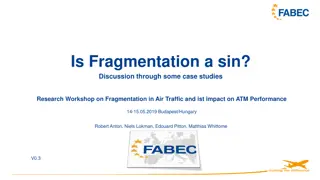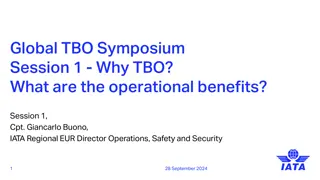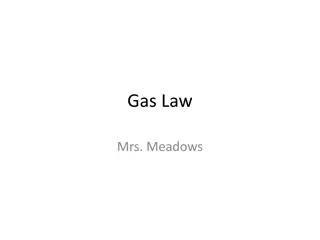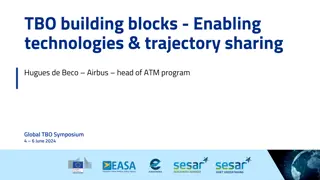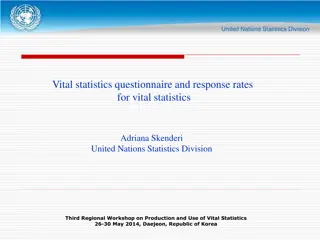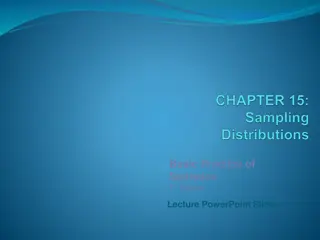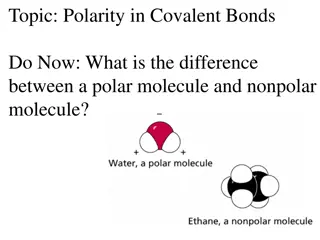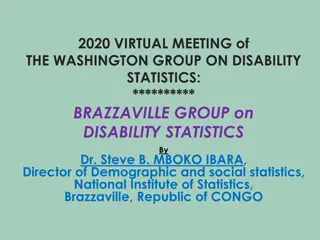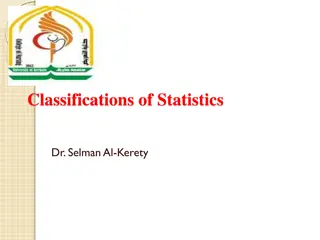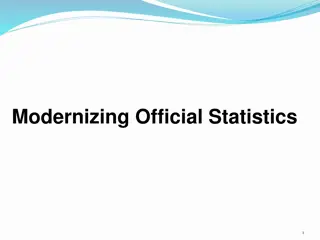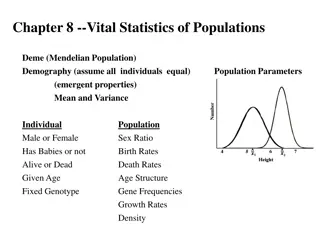Analyzing ATM-LVIS Difference Statistics for Greenland
The presentation discusses the analysis of ATM-LVIS difference statistics for Greenland, highlighting proposed processing refinements that are expected to have a minimal impact. The data editing process for ATM and LVIS measurements, histogram of slope-corrected differences, differences by slope and RMS, and key conclusions indicating small RMS differences primarily driven by roughness are all detailed.
Download Presentation

Please find below an Image/Link to download the presentation.
The content on the website is provided AS IS for your information and personal use only. It may not be sold, licensed, or shared on other websites without obtaining consent from the author. Download presentation by click this link. If you encounter any issues during the download, it is possible that the publisher has removed the file from their server.
E N D
Presentation Transcript
LVIS-ATM difference statistics for Greenland Ben Smith OIB meeting GSFC 1/28/14
Outline ATM-LVIS difference statistics are about what they should be Proposed LVIS processing refinements are likely to make a small difference: -Transmit-pulse deconvolution -Top-return Gaussian fit.
Data editing ATM: Divide the ice sheet into a 20-m grid For each grid cell: Throw away the top and bottom 10% of returns Report x0, y0, z0for the point for which z=median(z) for the grid cell Calculate a best-fitting plane to all points within 25 m of (x0, y0) -> local slope Calculate the RMS residual to the plane LVIS: For each reported elevation: Calculate a best-fitting plane to all points within 50 m of (x0, y0) -> local slope Calculate the RMS residual to the plane Compare: -ATM median elements with nearest LVIS measurement -|tATM-tLVIS| < 15 days -Reject points with RMS > 30 m, NATM< 30, NLVIS < 10 ------> 840K differences
ATM-LVIS differences Histogram of slope-corrected differences Red: all differences N: 841K Spread: 0.17 m Median: -0.037 m (ATM higher) Blue: less-rugged subset RMS < 6.5 cm |slope| < 0.9 deg. N: 317K spread: 0.12 m Median: -0.034 m (ATM higher) Inset: map of spread(dz), 2500 m bins
Differences by slope Plots: ATM-LVIS spread and bias, binned by slope magnitude Spread: bars show 50th, 68th, and 86th percentiles Bias: bars show 40th, 50th, and 60th percentiles
Differences by RMS Plots: ATM-LVIS spread and bias, binned by RMS plane misfit 95th %ile RMS Spread: lines show 50th, 68th, and 86th percentiles of |dz| 50th %ile RMS Bias: lines show 40th, 50th, and 60th percentiles of dz
Conclusions: ATM and LVIS largely agree RMS differences are small, O(10 cm), largely driven by roughness Consistent 3.5 cm bias seen in smooth areas Subtract 3.5 cm from ATM OR add 3.5 cm to LVIS
[From proposal]: Tail correction to LVIS fits LVIS standard products provide a waveform-peak elevation for the top ground return The LVIS transmitted waveform has a weak tail on the low side Surface slope and roughness can both mix photons from late in the waveform to earlier in the waveform Combining photons from the tail with photons from the central part of the return shifts the peak later in time Tx waveform Ground IRF = received WF
Conceptual simulation of tail delay Simulation: combine LVIS-like IRF with increasing surface slope effects, measure the position of the peak See 12-cm shift at 5 degrees slope Effects are compounded for the swath edges Beam-edge incident angle is close to 5 degrees on a flat surface ? Slope and roughness produce identical effects if roughness is approximately Gaussian
Potential fixes Linear deconvolution: decomponse the TX waveform into a symmetric Gaussian part and an asymmetric pulse, deconvolve the asymmetric pulse from the received WF Should remove the asymmetry effect, can fit the rest of the ground return with a Gaussian function Function fitting: Fit the return pulse with a copy of the TX pulse, convolved with a Gaussian surface function, adjust the surface function to match Using the existing ground picks as an initial model should greatly simplify calculations Major issue: This correction should move the LVIS elevations up, increasing the bias WRT ATM Does ATM need the same correction? Do range-bias/pointing models need to be updated?



